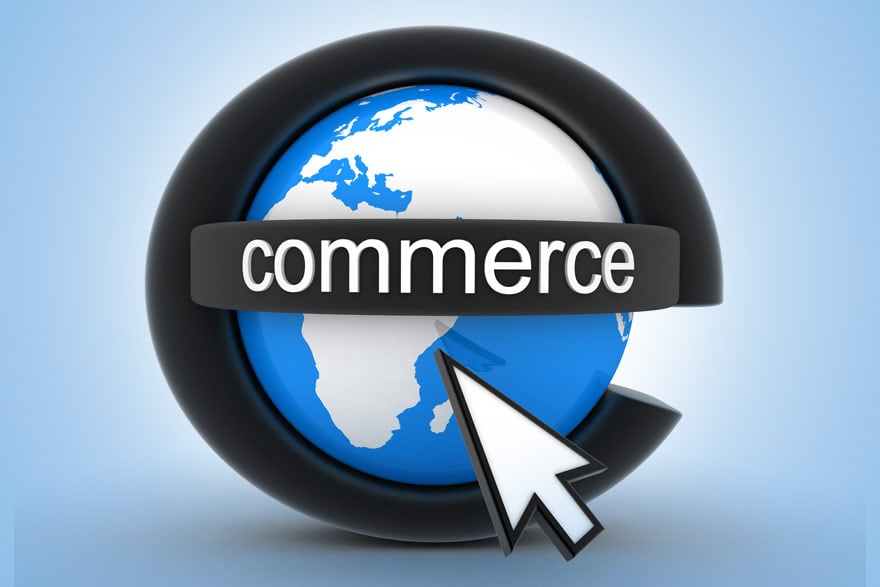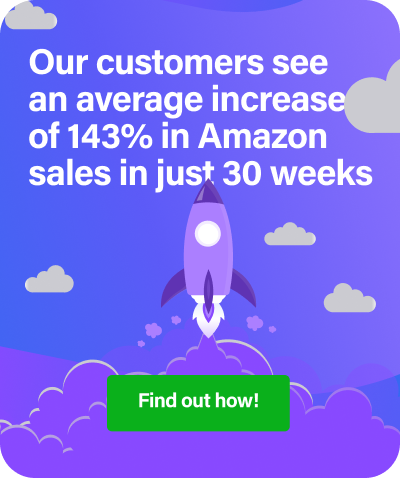While RepricerExpress is ready to handle traffic once it turns into sales, you’ll need an accurate handle on those metrics beforehand to get you there. Enter Key Performance Indicators (KPIs) at stage right, the set of data and numbers that tell you just how well you’re performing. But going at it without a strategy can leave you feeling lost and overwhelmed, so we’ve picked out some of the top ones you should be paying attention to.
Traffic: How Popular is Your Site, Really?
There are a couple of different ways of looking at traffic:
- Site Traffic: This is sort of a catch-all term that describes how many visits your site gets and encompasses both your landing page and the pages within your site. This is a metric (sidenote: every KPI is a metric, but not every metric is a KPI) you should be keeping tabs on a daily, weekly and monthly basis.
- Sources of Traffic: You’ll want to identify where your visitors are coming from, whether it’s through search engine searches, referrals, advertising, social media or other sources. The biggest reason for becoming familiar with this KPI is so you’ll know where to direct your budget to most efficiently.
How Many Unique Visitors are You Getting?
You’ve no doubt heard of the term ‘unique visitors’, but do you know exactly what it means? Well, the KPI before (traffic) dealt with how many times your site (or page[fusion_builder_container hundred_percent=”yes” overflow=”visible”][fusion_builder_row][fusion_builder_column type=”1_1″ background_position=”left top” background_color=”” border_size=”” border_color=”” border_style=”solid” spacing=”yes” background_image=”” background_repeat=”no-repeat” padding=”” margin_top=”0px” margin_bottom=”0px” class=”” id=”” animation_type=”” animation_speed=”0.3″ animation_direction=”left” hide_on_mobile=”no” center_content=”no” min_height=”none”][s] within your site get clicked on. Unique visitors, on the other hand, is a metric that tells you how many individual sources (i.e. a distinct IP address) visits your page, regardless of how many times that device/person clicks on your page.
The importance of each depends on what angle you’re coming from. Page views matter for ads, especially if they’re sold on a cost-per-view basis, while unique visitors tell you how big of an audience you’re reaching. Either way, look at these KPIs again on a daily, weekly and monthly basis.
How New or Old are Your Customers?
Every merchant wants loyal customers because it means you’re consistently doing something right over the long-term. But staying with that core group can also lead to staleness if you’re not acquiring new buyers, so compare the number of new to returning customers in this KPI to see if it’s time to overhaul your customer retention strategy.
Bounce Rate: Should I Stay or Should I Go Now?
Your bounce rate, measured in seconds, tells how many people visited your site and left pretty quickly — or how engaging or not your content is. If it’s high, then you have a pretty strong indication you need to change your content so visitors can like what they’re seeing. Excellent, relevant keywords are one of the best ways to measure this KPI, but also make sure to check which pages people are landing (and staying) on.
Conversion Rate: Nabbing that Sale
Okay, so you’ve managed to translate page views and unique visitors into objective sales, congratulations! This usually means you’ve got a seductive call-to-action, aggressive repricing and attractive page layout. But if you’re not sure of how good your conversion rate is, just calculate this:
total number of sales divided by total number of visits
If your number falls within the 1-10% range, you’re doing well.
Cart Abandonment Rate: Uh-Oh, They’ve Changed Their Minds
This KPI shows that buyers have a change of heart right before they click the ‘purchase’ button and just leave the contents in their cart. A high cart abandonment rate means there are problems at the end of the process, like the whole thing being too complicated or taking too long, or not having enough security steps in place. Fix these, and you should see a smoother transition from initial visit to final sale.
Average Order Value: How to Increase Your Profit Margin
Your Average Order Value (AOV) can be calculated with this super simple formula:
total revenue generated divided by number of orders
The higher you can make your AOV, the more money you’ll get coming in. And one of the best ways you can increase your AOV is to up the value of each order size. We’ve written about this plenty of times before, but some of the top things you can do are techniques like free shipping, cross-selling, upselling, bundling, suggested selling, and more.
There are always oodles of factors to pay attention to when it comes to selling online, not just your ecommerce KPIs. But once you’ve got all your ducks in a row, make sure to never lose out on a single sale by having the most competitive pricing strategy around. Luckily, RepricerExpress takes all the worry out of the equation for you, starting with giving you the first 15 days free. Sign up and treat yourself for taking the first right step.
[xyz-ihs snippet=”Join-Newsletter-Blog-Footer”][/fusion_builder_column][/fusion_builder_row][/fusion_builder_container]


